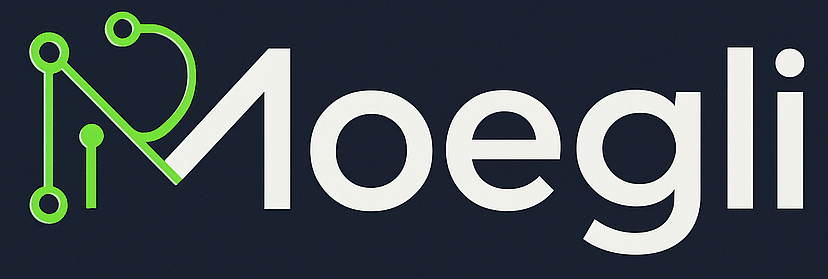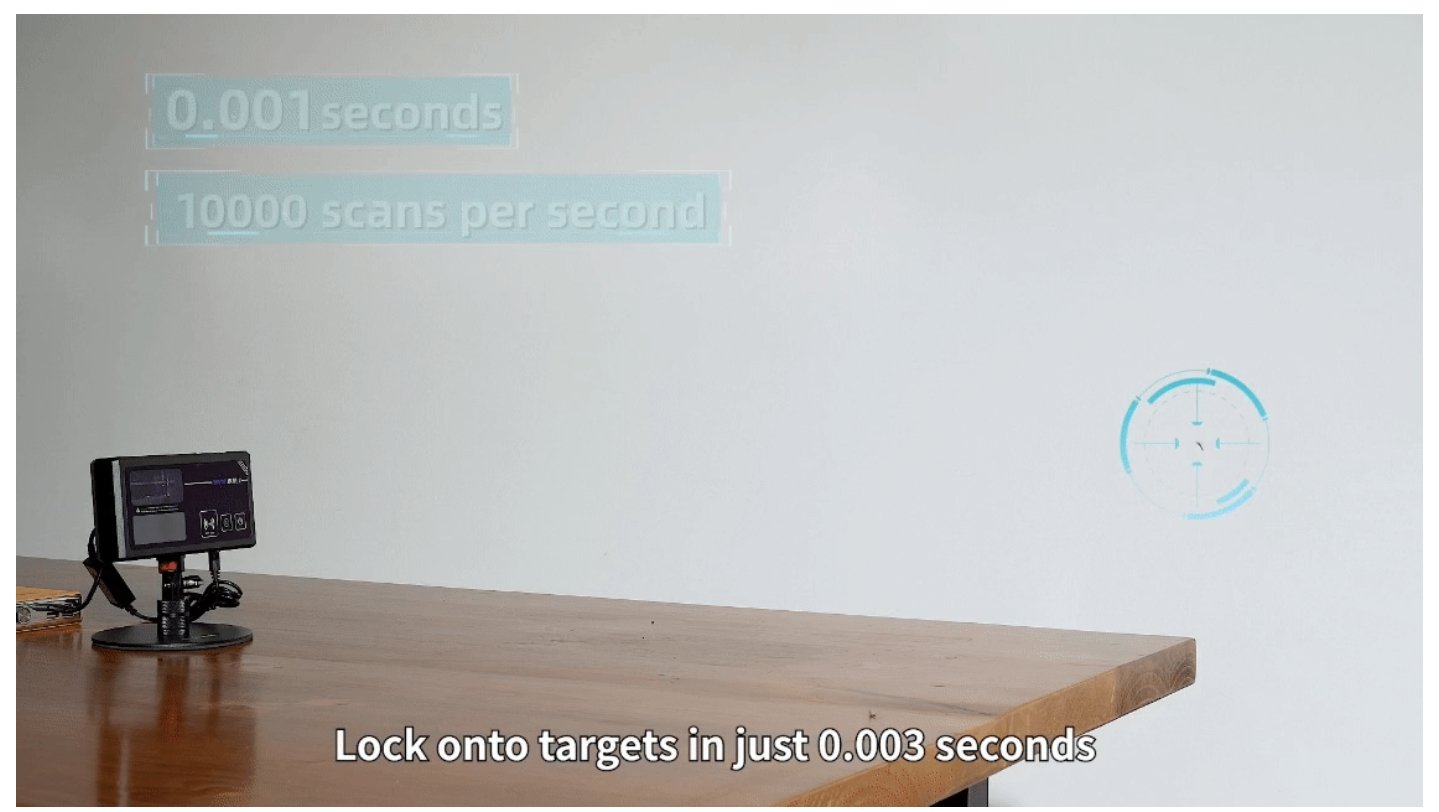Artificial Intelligence (AI) is transforming industries at lightning speed. From customer service chatbots to self-driving cars, from AI-powered legal research to code generation — tasks that once required human effort can now be done faster and cheaper by machines.
This efficiency sounds like progress. But there’s an unsettling side to it: if AI takes over too many human tasks, what happens to jobs? Could we see massive unemployment and an imbalance in society? Or can we find a way to use AI responsibly, ensuring humans and technology thrive together?
The Risk: AI Disrupting Employment
AI doesn’t just automate repetitive tasks anymore. With generative AI, it can write articles, create designs, analyze data, and even generate business strategies. This means white-collar jobs — once thought safe from automation — are now also at risk.
Some likely scenarios:
- Customer service roles replaced by advanced chatbots.
- Accountants & analysts losing ground to AI financial tools.
- Writers, coders, and designers seeing their work outsourced to generative AI platforms.
- Transport & logistics disrupted by self-driving technology.
If left unchecked, this could lead to unemployment spikes, widening the gap between those who can leverage AI and those who cannot.
Why This Is Different From Past Technological Shifts
History shows that technology often replaces some jobs but creates new ones. For example, the Industrial Revolution reduced the need for manual labor but created entirely new industries.
The difference now is speed and scale. AI evolves much faster than humans can retrain. Without proactive planning, workers risk being left behind before they have the chance to adapt.
How to Avoid an AI-Driven Employment Crisis
Instead of fearing AI, we should focus on building systems that allow people to work with AI, not against it. Here are some key approaches:
1. Invest in Reskilling and Upskilling
Governments, businesses, and individuals must prioritize continuous learning.
- Workers in repetitive roles can be trained in areas AI cannot easily replace — creativity, empathy, leadership, and critical thinking.
- Schools and universities should integrate AI literacy into their curriculum.
- Lifelong learning platforms (like online courses) should become mainstream for career survival.
2. Human-AI Collaboration, Not Replacement
The most sustainable future is one where AI augments human abilities instead of replacing them.
- Doctors use AI to analyze scans, but humans still make the final call with empathy.
- Writers can use AI for research and drafts but bring in human creativity and nuance.
- Teachers can use AI to personalize lessons but remain the guide and motivator.
3. Encourage Job Creation in New Sectors
Just as past tech shifts created new industries (think IT, e-commerce, and renewable energy), AI will open doors too.
- New jobs will arise in AI ethics, training, auditing, and regulation.
- Roles that require human connection — healthcare, therapy, coaching — will become even more valuable.
- Entirely new business models will emerge around AI products and services.
4. Regulation and Policy Support
Governments need to set boundaries to ensure AI deployment is ethical and socially balanced.
- Tax incentives for companies that invest in human-AI collaboration.
- Policies that protect vulnerable workers during transitions.
- Guidelines to prevent monopolization by AI giants, ensuring opportunities spread widely.
5. Shifting the Definition of Work
Perhaps the biggest change AI will force is how we define “work.” If AI handles routine tasks, humans may shift to roles that emphasize:
- Creativity and innovation
- Human-centered services (health, education, hospitality)
- Problem-solving and leadership
This could lead to shorter workweeks and more meaningful, purpose-driven employment.
Conclusion: AI as a Tool, Not a Threat
AI does not have to create an employment crisis. The danger lies not in the technology itself but in how we choose to implement it. If businesses focus purely on cutting costs and replacing people, imbalance will follow. But if we embrace AI as a collaborator, invest in reskilling, and create supportive policies, the future of work could be more fulfilling than ever.
The key is clear: don’t resist AI, but don’t surrender to it either. Learn, adapt, and use it wisely.








Leave a Reply